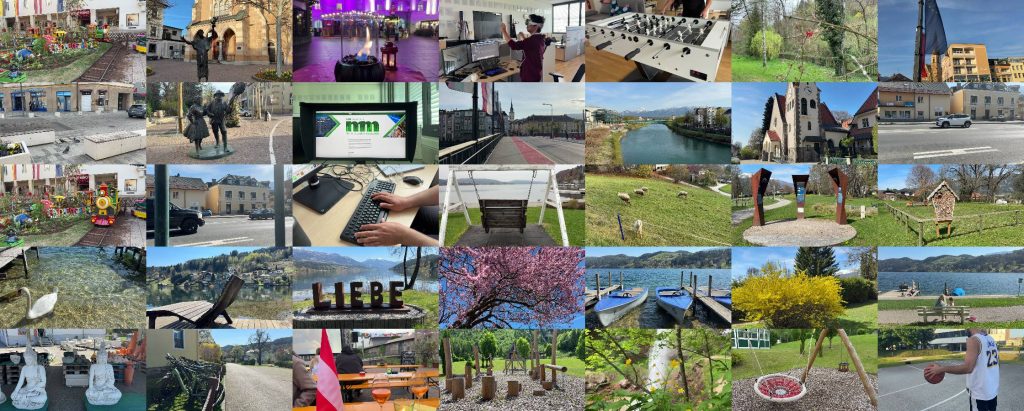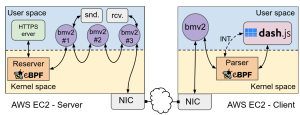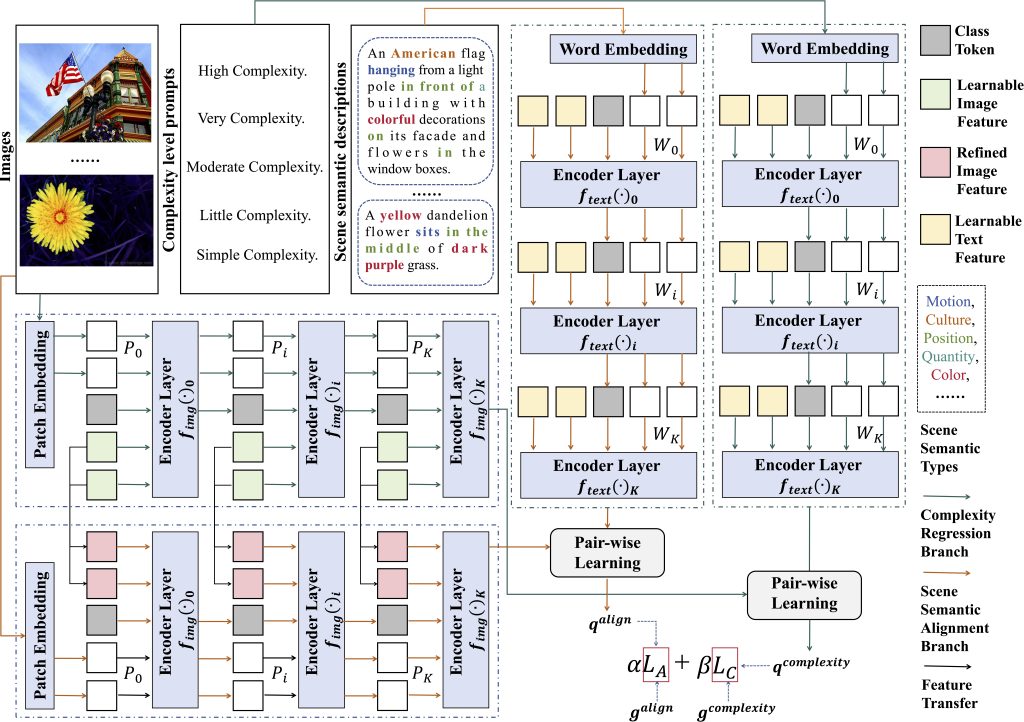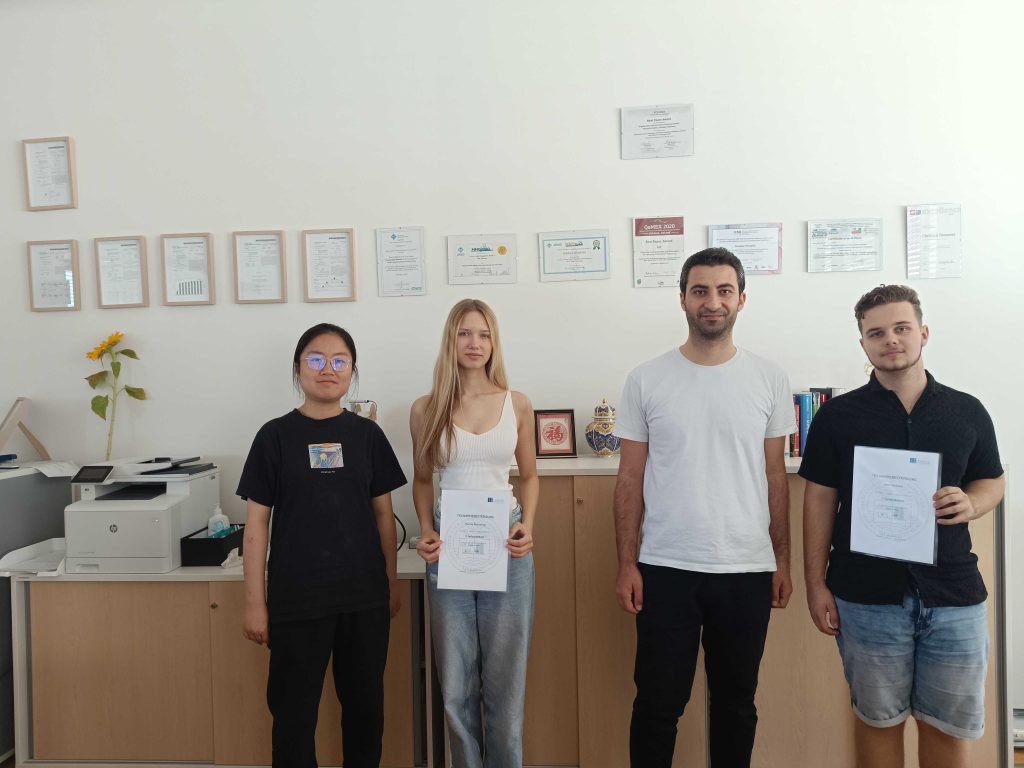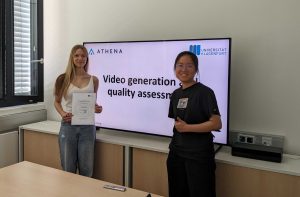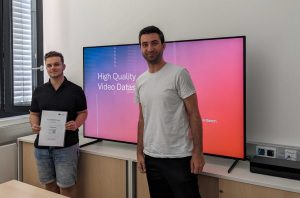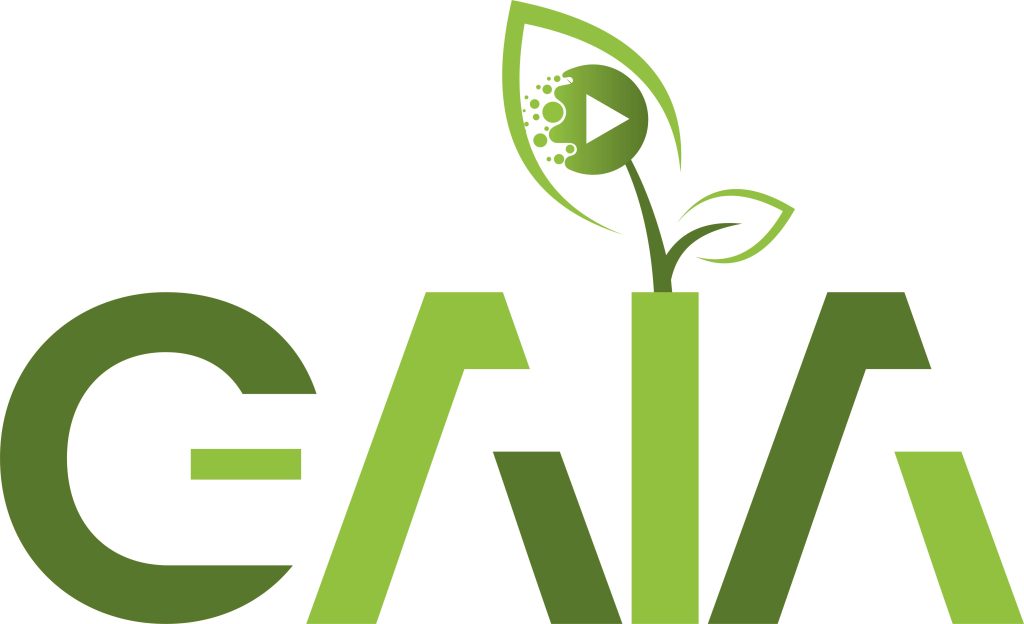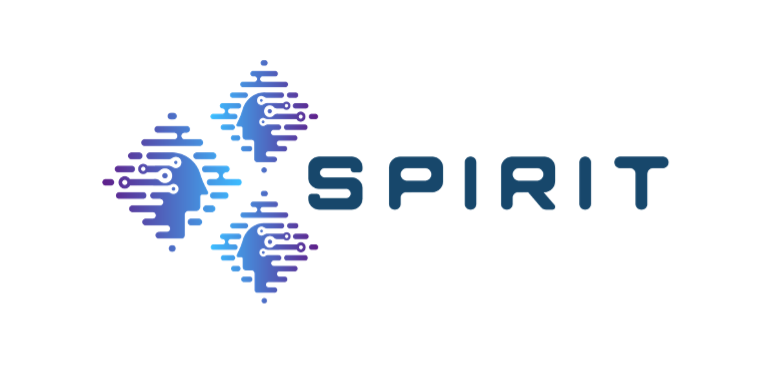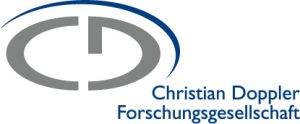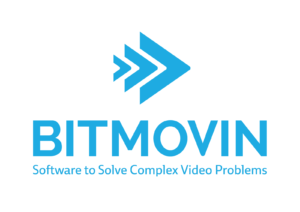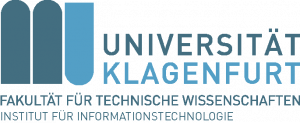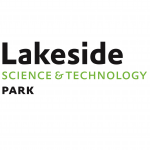Perceptual Quality Assessment of Spatial Videos on Apple Vision Pro
ACMMM IXR 2025
October 27 – October 31, 2025
Dublin, Ireland
[PDF]
Afshin Gholami, Sara Baldoni, Federica Battisti, Wei Zhou, Christian Timmerer, Hadi Amirpour
Abstract: Immersive stereoscopic/3D video experiences have entered a new era with the advent of smartphones capable of capturing spatial videos, advanced video codecs optimized for multiview content, and Head Mounted Displays (HMD s) that natively support spatial video playback. In this work, we evaluate the quality of spatial videos encoded using optimized x265 software implementations of MV-HEVC on the AVP and compare them with their corresponding 2D versions through a subjective test.
To support this study, we introduce SV-QoE, a novel dataset comprising video clips rendered with a twin-camera setup that replicates the human inter-pupillary distance. Our analysis reveals that spatial videos consistently deliver a superior Quality of Experience ( QoE ) when encoded at identical bitrates, with the benefits becoming more pronounced at higher bitrates. Additionally, renderings at closer distances exhibit significantly enhanced video quality and depth perception, highlighting the impact of spatial proximity on immersive viewing experiences.
We further analyze the impact of disparity on depth perception and examine the correlation between Mean Opinion Score (MOS ) and established objective quality metrics such as PSNR, SSIM, MS-SSIM, VMAF, and AVQT. Additionally, we explore how video quality and depth perception together influence overall quality judgments.


